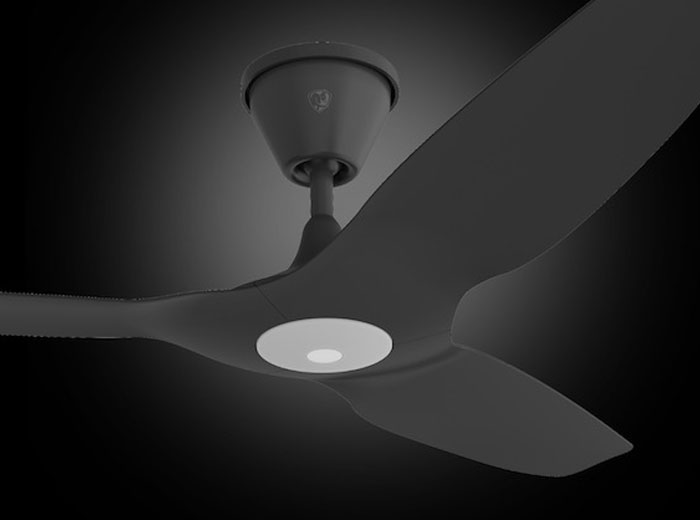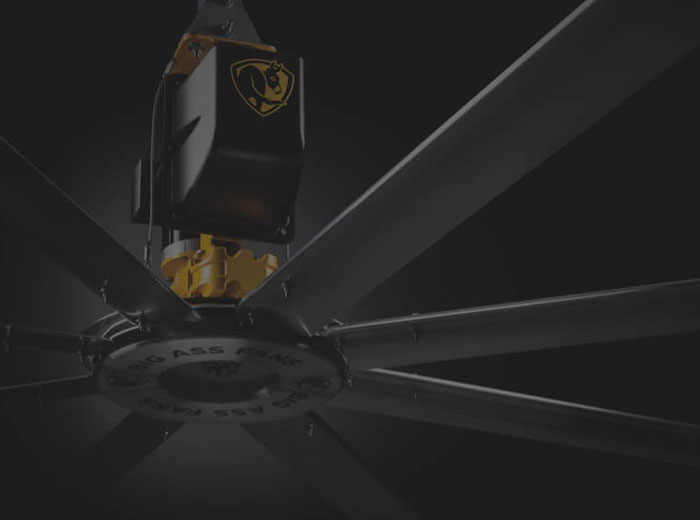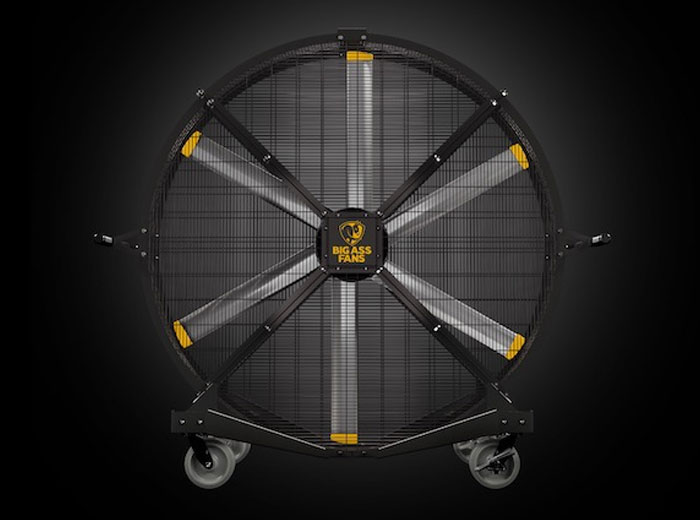In a country like Singapore, where heat and humidity are constant companions, staying comfortable indoors can feel like a daily challenge. Air conditioning is often the first solution people think of, but temperature control is only part of the picture.
Airflow plays an equally important role. Good air circulation does more than make a room feel cooler. It supports health, helps control humidity, reduces energy bills, and even improves sleep quality. Whether at home or in a commercial space, airflow is an essential piece of year-round comfort in Singapore’s tropical climate.
Singapore’s TR141:2025 standard also emphasises the benefits of hybrid cooling, combining air conditioning with ceiling fans or high-volume, low-speed (HVLS) fans to achieve better comfort and energy efficiency.
This article explores why airflow matters so much in humid regions, how it impacts health and efficiency, and the best ways to improve it using modern solutions.
Why Humidity Changes How We Think About Cooling
Singapore experiences consistently high humidity levels. While air conditioning lowers the temperature, it does little to address the stickiness of the air. High humidity affects how heat is perceived by the body, making rooms feel warmer than the thermometer suggests.
Poor air circulation allows moisture to linger, creating the perfect conditions for mould and mildew growth. This not only damages interiors but also triggers allergies and respiratory issues. Without proper airflow, even a cooled room can feel uncomfortable and unhealthy.
Airflow vs Temperature: Different Problems, Different Solutions
It is important to understand the difference between temperature and airflow. Air conditioning lowers the air temperature, while airflow enhances the body’s natural cooling mechanism.
When moving air passes over the skin, it speeds up the evaporation of sweat. This makes the body feel cooler even if the actual room temperature is unchanged. The effect is known as “perceived cooling” and can reduce the felt temperature by several degrees.
This means fans and airflow systems are not just optional add-ons. They are crucial for comfort in humid climates.
Health and Hygiene: Airflow’s Role in a Humid Climate

Good airflow is not just about comfort. It directly affects health and hygiene.
- Preventing mould and mildew: Moving air reduces the dampness that allows mould spores to thrive.
- Improving indoor air quality: Circulation helps disperse stale air and dilute airborne pollutants.
- Supporting respiratory health: Airflow lowers the concentration of allergens, dust, and microbes.
- Enhancing sleep quality: Bedrooms with adequate circulation tend to feel fresher, helping people rest better.
In Singapore’s climate, where humidity and warmth create persistent challenges, these benefits make airflow essential for both homes and workplaces.
Energy Efficiency: How Proper Airflow Cuts Cooling Costs
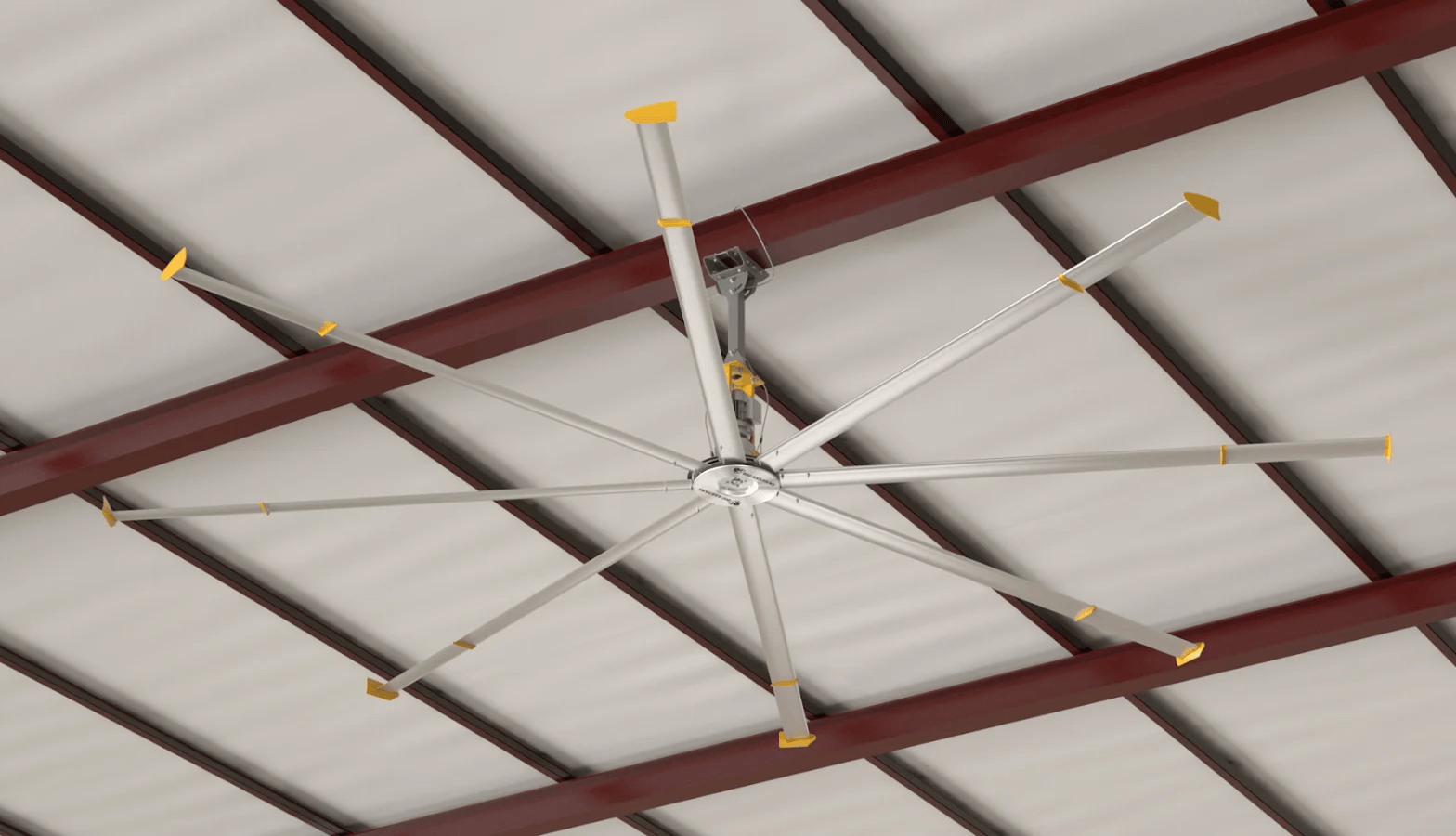
Air conditioning is energy-intensive, and bills can rise quickly if it is the only method of cooling. Integrating airflow into cooling strategies helps reduce reliance on AC.
By running ceiling fans or high-volume, low-speed (HVLS) fans, it becomes possible to raise the thermostat setting by 2-3 degrees while maintaining comfort. This significantly reduces electricity use without sacrificing indoor comfort.
In larger spaces such as offices, gyms, or warehouses, destratification fans help balance temperature differences between floor and ceiling, preventing wasted energy.
With energy prices on the rise, airflow is not just a comfort tool. It is a cost-saving strategy.
Choosing the Right Airflow Solution for Your Space
Residential Solutions
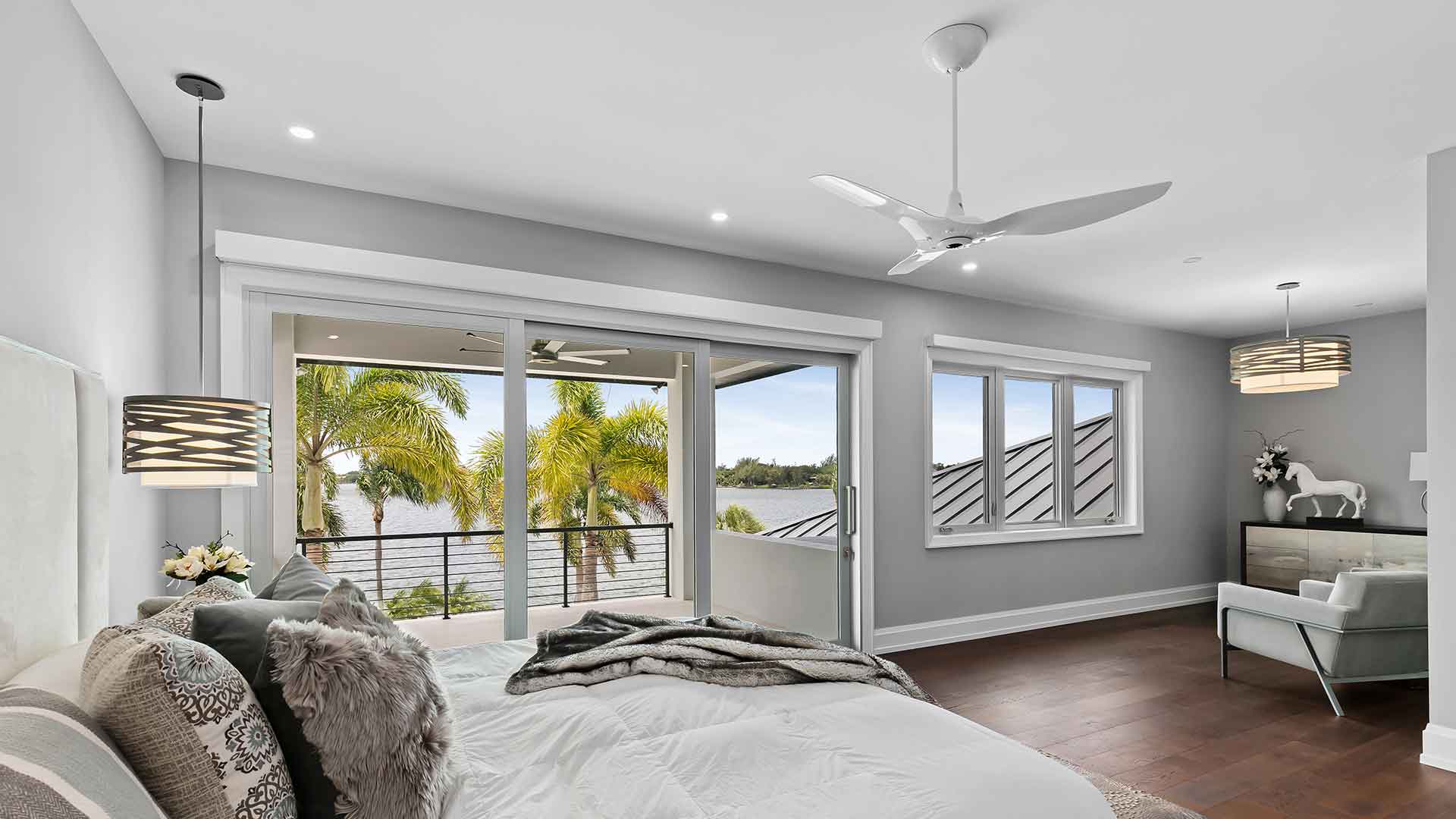
For homes, ceiling fans remain one of the most effective options. They create consistent air circulation at low cost and can be installed in living rooms, bedrooms, and kitchens. Choosing the right fan size and blade design is essential for maximum impact.
Smaller spaces can benefit from standing or desk fans, while rooms prone to dampness, such as bathrooms, need exhaust fans. When combined with air conditioning, ceiling fans can cut household energy use without compromising comfort.
Learn more about residential airflow options on our residential solutions page.
Commercial and Public Spaces

Large areas such as gyms, factories, shopping centres, and event halls face unique airflow challenges. High-volume, low-speed (HVLS) fans are designed to move massive amounts of air quietly and efficiently, improving comfort for both staff and visitors.
Commercial users should also consider installation by certified experts to ensure compliance and safety.
Ventilation and Design Considerations
In addition to mechanical solutions, natural ventilation is another important strategy. Cross-ventilation positioning openings on opposite sides of a room can dramatically increase airflow.
Where natural airflow is limited, mechanical ventilation systems ensure that air remains fresh and humidity stays under control.
If you want to discover the right solution for your space, visit Big Ass Fans today.
Practical Tips: Day-to-Day Airflow Improvements
Improving airflow does not always require major changes. Simple daily adjustments can make a big difference:
-
- Run ceiling fans at appropriate speeds depending on the season.
- Position fans to create cross-breezes with windows or doors.
- Keep air vents and fan blades clean for maximum efficiency.
- Use exhaust fans in kitchens and bathrooms to remove excess humidity.
- Combine fans with air conditioning to balance comfort and energy use.
Conclusion
Airflow is a year-round necessity in Singapore, not just a luxury. From improving comfort to lowering energy bills, its benefits are clear across both homes and businesses.
For tailored advice and installation support, get in touch via our contact page.
FAQs
1. Why is airflow important in humid climates like Singapore?
Airflow improves comfort, controls humidity, reduces mould growth, and helps keep indoor spaces healthier.
2. Will a ceiling fan reduce my electricity bill if I already have AC?
Yes. Fans allow you to raise your AC temperature by a few degrees while maintaining comfort, which cuts energy use.
3. What is an HVLS fan, and when should a business consider one?
An HVLS (high-volume, low-speed) fan is designed for large spaces. Businesses with warehouses, gyms, or halls benefit from their efficiency and wide coverage.
4. How can I reduce mould and damp smells at home using airflow?
Use ceiling fans, exhaust fans, and cross-ventilation to keep air moving. This reduces moisture build-up that causes mould and odours.
5. Do fans help with viruses or bacteria indoors?
Yes. By diluting indoor air and improving circulation, fans can reduce the concentration of airborne particles.




